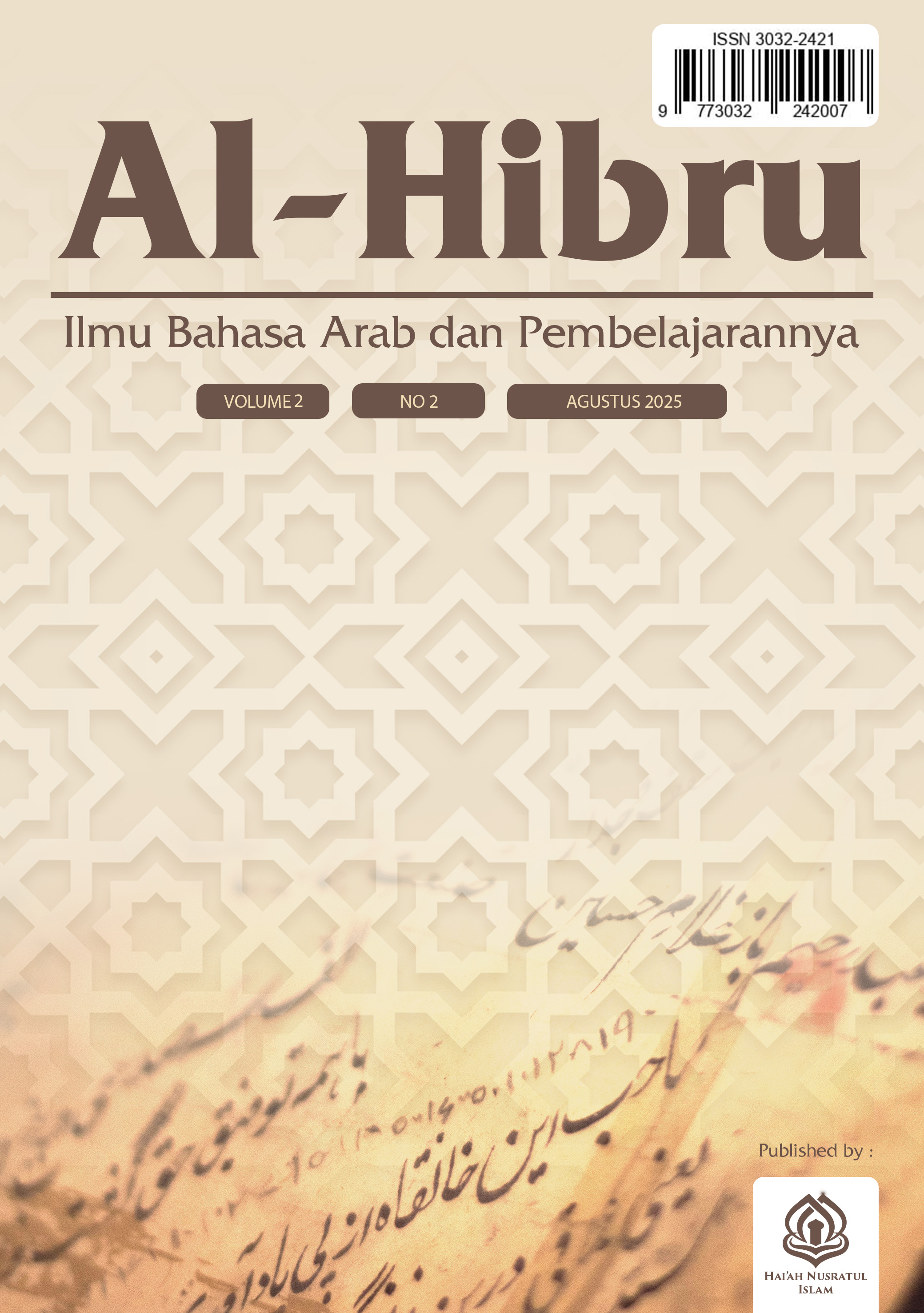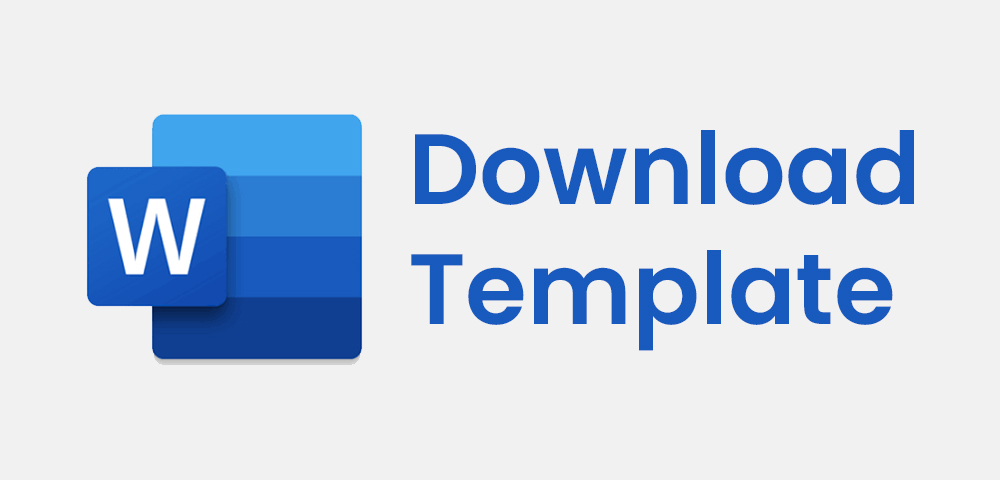CONCEPT OF TASYBIH IN AS-SHAFF VERSE 4: Family Qur’anic Tarbiyah in Gaza Strip
DOI:
https://doi.org/10.59548/hbr.v2i2.411Keywords:
Tasybih, As-Shaff, Tarbiyah Qur'aniyahAbstract
This paper aims to analyze the concept of tasybih in QS. As-Shaff verse 4 and the concept of Qur'anic tarbiyah which shapes the spirit of family jihad in the Gaza Strip. Allah Ta'ala provides many tasybih concepts or parables in the holy verses of the Koran to lead humanity to a comprehensive understanding of His word both textually and contextually. One of the verses that contains the concept of tasybih is QS. As-Shaff verse 4. Based on the editorial of this verse, Allah Ta'ala loves the warriors fi Sabilillah who are likened to a solidly constructed building. Today, the Gaza Strip is concrete evidence of Fi Sabilillah's struggle to protect the honor of Muslims and the land of the Anbiya. The method in this writing uses a qualitative descriptive method with a library research approach and literature study. Collecting data by identifying references and reconstructing them from various references such as books, tafsir, journals and previous research. The findings of this article reveal, among other things: first, there is the concept of tasybih in the QS. As-Shaff verse 4; secondly, Qur'anic tarbiyah is an indicator of forming the spirit of jihad in families in the Gaza Strip.
References
Abdillah Asy-Syaukāniyyū Al-Yamaniyyu, M. ibn `aliyyi ibn M. ibn. (1993). Nailu Al- Auṭār Juz´ 5 (5 ed.). Dār Al-Hadīṡ.
Al-Attas, M. N. (1988). Konsep Pendidikan Dalam Islam. Mizan.
Al-Jarim, `Aliy, & Amin, M. (1961). al-Balāgah al-Wāḍihah. Dar al-Ma’arif.
Amrullah, H. A. M. K. (1985). Tafsir Al-Azhar Juzu’ 28. Pustaka Panjimas.
Arham, M., Saidah, Samsir, & Arrun, R. (2022). Analisis Nilai-Nilai Ilmu Bayan Dalam Kitab Suci Al-Qur’an Pada Beberapa Ayat. Al-Muallaqat : Journal Of Arabic Studies, 1, 40–46. https://jurnal.stainmajene.ac.id/index.php/almuallaqat
Azzahra, N., Hibar, U., Hifni, M., & Amelia, Y. L. (2024). Tindakan Kejahatan Internasional (Genosida) Yang Dilakukan Israel Terhadap Palestina. Jurnal Res Justitia: Jurnal Ilmu Hukum, 4, 621–629.
Gunardi, H. (2021). Optimalisasi 1000 Hari Pertama Kehidupan: Nutrisi, Kasih Sayang, Stimulasi, dan Imunisasi Merupakan Langkah Awal Mewujudkan Generasi Penerus yang Unggul. eJKI, 9.
Hardiansyah, & Sriyanti. (2020). Pendidikan Berbasis Al-Qur’an Bagi Anak Usia Dini. Jurnal PGMI STT Al-Ittihadiyah.
Ismail, G. (2024). The Impact of Alleged Israeli Genocide in Palestine : An Analytical Review. ENDLESS: International Journal of Futures Studies, 7(2), 8–15.
Khalis, M., Alia, N., Hajrah, Syukur, S., & Haerul. (2023). Tasybih Dalam Ilmu Al-Balaghah. Al-Muallaqat : Journal Of Arabic Studies, 2, 15–25. https://jurnal.stainmajene.ac.id/index.php/almuallaqat
Kilani, M. I. A.-. (2002). Hakadza Zhahara Jilu Shalahuddin wa Hakadza Adat al-Quds (3 ed.). Daar al-Qalam.
Muhammad Dirbālah An-Namiri, S. I. (2023). Al-Usratu Fī al-Islāmi: Arkānuhā wa Aqsāmuhā. https://www.alukah.net/social/0/162796/
Munawwir, A. W. (1997). Kamus al-Munawwir: Arab-Indonesia Terlengkap (2 ed.). Pustaka Progressif.
Octofrezi, P. (2020). Pendidikan Janin pada Masa Pre-natal (kehamilan) sampai Post-natal (pasca persalinan) Ditinjau dari 6 Kategori Rumpun Pendidikan Islam dan Asas Hikmah. Belantikan Pendidikan, 3, 31–42.
Palian, O. P., Maya, R., & Sarifudin. (2019). Pemikiran Tarbiyah Jihadiyah Menurut Munir Muhammad Al-Ghadban Dalam Kitab Manhaj Tarbawi: Sistem Kaderisasi Dalam Sirah Nabi S.A.W. dan Aplikasinya dalam Pendidikan Kaderisasi. Prosiding Al Hidayah Pendidikan Agama Islam.
Prawira, I., & Irawan, R. E. (2021). The Objectivity Of Three Indonesian Cyber Media: Study Of News Content In The Israel-Palestine Conflict. Jurnal Wacana Politik, 6(2), 95–107. https://doi.org/10.24198/jwp.v6i2.35073
Rachim, A. K., & Nuruddien, M. (2023). Mengungkapkan Rahasia Ayat-Ayat Tasybin Dalam Al-Qur’an Juz 27. Al-Mustafid: Journal of Quran and Hadith Studies, 2.
Ramadani, M. S., & Fuadin, A. (2024). Menguak Bias Media dalam Pemberitaan Konflik Israel- Palestina : Sebuah Analisis Konten Kritis. Jurnal Onoma: Pendidikan, Bahasa dan Sastra, 10(1), 887–905.
Romdoni, M. P. (2022). Bentuk dan Tujuan Tasybih dalam Al-Qur’an: Studi Aplikatif Analisis Balaghah dengan Objek Kajian Juz’ Amma. Journal UIN Sunan Gunung Djati Bandung, 45–54. https://journal.uingsd.ac.id/index.php/definisi/index
Shihab, M. Q. (2011). Tafsir al-Mishbah. Lentera Hati.
Tristara, A. (2025). Perjuangan Hafidzah Palestina Menghafal Al-Qur;an di Tengah Gempuran Konflik. NU Online. https://www.nu.or.id/internasional/perjuangan-hafidzah-palestina-menghafal-al-quran-di-tengah-gempuran-konflik-wLNfH
Wizārat al´Awqāfi wa Assyu´ūni al´Islāmiyyah. (n.d.). Niẓāmu al-´usrati fīl ´islāmi. Da`wāt al-Haqq: Majallat Syahriyyah.
Yamani, G. (2023). Balaghah Al-Qur’an: Mendaki Ketinggian Bahasa Al-Qur’an Mendalami Kandungan Maknanya. Pesantren Anwarul Qur’an.
Zulaiha, E., Putra, R. A., & Gani, R. A. (2021). Tafsir Selayang Pandang Liberal di Indonesia. Jurnal Iman Spiritual, 1.
Downloads
Published
How to Cite
Issue
Section
License
Copyright (c) 2025 Putri Wulandari, Yola Anggraini

This work is licensed under a Creative Commons Attribution 4.0 International License.
- Share — copy and redistribute the material in any medium or format for any purpose, even commercially.
- Adapt — remix, transform, and build upon the material for any purpose, even commercially.
- The licensor cannot revoke these freedoms as long as you follow the license terms.
Under the following terms:
- Attribution — You must give appropriate credit , provide a link to the license, and indicate if changes were made . You may do so in any reasonable manner, but not in any way that suggests the licensor endorses you or your use.
- No additional restrictions — You may not apply legal terms or technological measures that legally restrict others from doing anything the license permits.
Notices:
You do not have to comply with the license for elements of the material in the public domain or where your use is permitted by an applicable exception or limitation .
No warranties are given. The license may not give you all of the permissions necessary for your intended use. For example, other rights such as publicity, privacy, or moral rights may limit how you use the material.













 Based on a work at
Based on a work at 